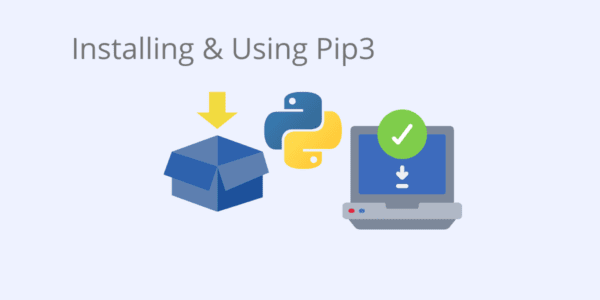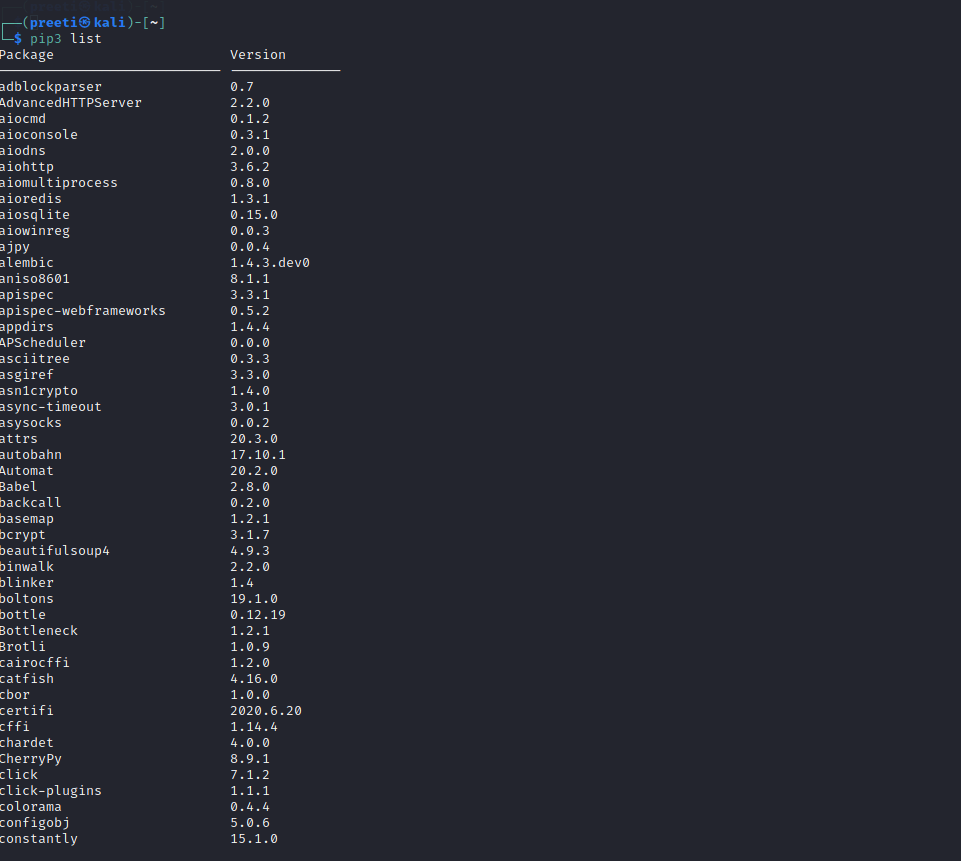pip is a package manager used for Python coding language. We can install it on Linux systems and for that we have to use the command line to download and install Python packages and their requirements.
We all know that Python is a very popular programming language. It is used for hacking scripts in Linux, where it is necessary to install the pip we are talking about for the dependencies of Python hacking programs.
Having pip is very valuable when developing our own Python scripts to execute other people’s Python programs. Because we have pip in our system, dependencies packages can be installed without any effort.

In this lesson we are going to show you how to install pip for Python 3 version of Kali Linux. Here we explain the pip commands needed for simple and basic tasks like installing and removing software packages. We think pip is more familiar to you because it works in the same way as Kali Package Manager.
Installing pip in Kali
To install Kali Linux pip, open the terminal and give the following commands.
$ sudo apt update
$ sudo apt install python3-pip


Commonly used commands for pip
To use pip package manager we can use pip3 commands in terminal. Below is the pip3 command list that can be used in this way.
This command is used to check the version of pip and whether it is installed on our computer or not.
$ pip3 -v

This command can be used to install a package.
$ pip3 install package-name

This command can be used to remove the package.
$ pip3 uninstall package-name

With the following command we can know which package is installed in the system.
$ pip3 list

You can use the following command to get details related to the currently installed package.
$ pip3 show package-name

You can use this command to access the Help menu and see the complete list of available pip commands.
$ pip3 help

So these commands are what we need most of the time. In addition to this, to know other commands and if these commands do not work properly, you can visit the help menu and get more information.
Explore a quick guide to verify the presence of pip3 on your system, saving you from unnecessary installations.
Uncover the nuances between pip and pip3, understanding when to use each in your Kali Linux environment.
Navigate through effective troubleshooting steps to overcome installation failures and ensure a successful setup.
Address concerns regarding potential risks and learn how to mitigate them, ensuring a secure installation.
Explore the possibilities of having multiple pip3 versions on your system, tailoring your environment to specific project requirements.
Stay up-to-date with the latest features and security patches by understanding the optimal frequency for updating pip3.








